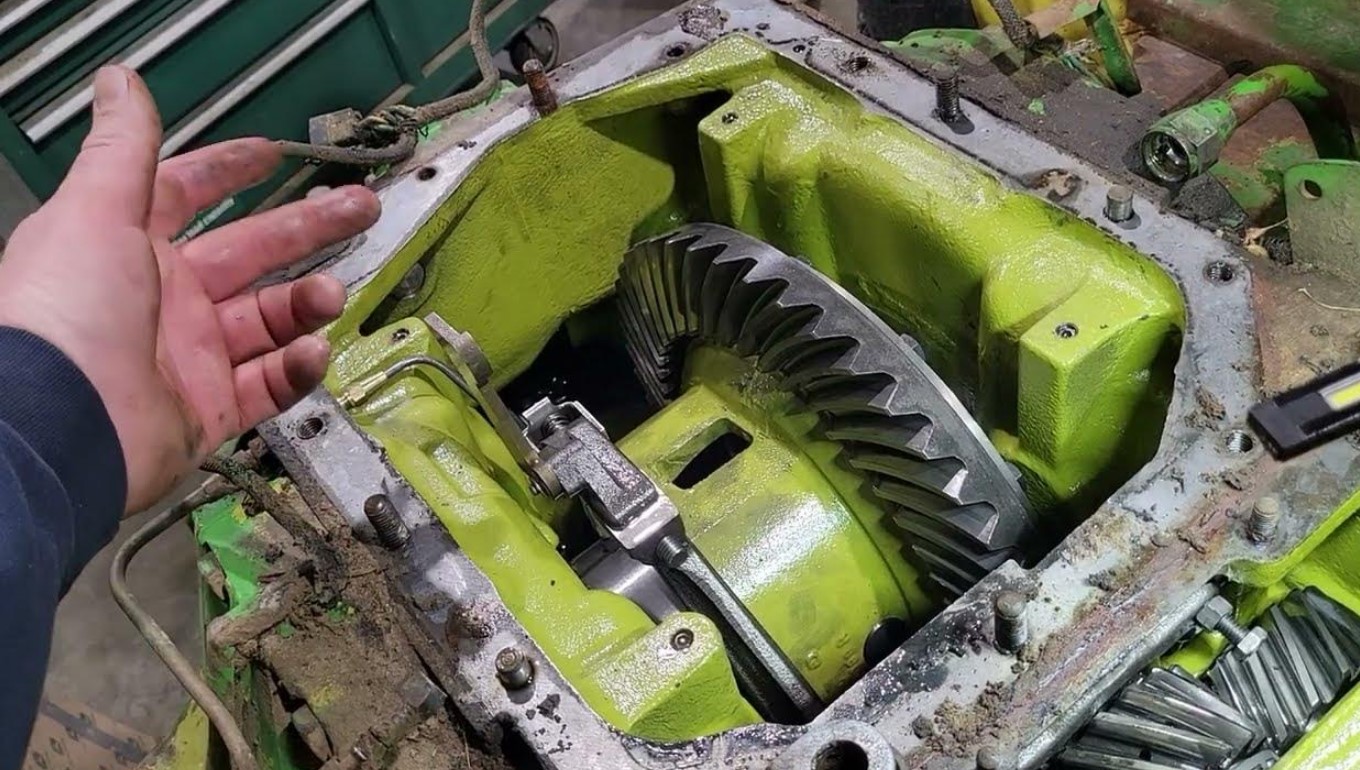I own a 1966 John Deere 4020 Powershift with plenty of hours on it, but it’s been fairly well maintained.
It shifts into reverse without any trouble, but switching to forward can be problematic. Often, it seems to “miss,” requiring me to shift back to reverse and then try forward again. Sometimes it engages properly on the second attempt, while other times it still struggles. Initially, I thought this issue was mostly related to 3rd gear, but I’ve noticed it happens in 1st and 2nd as well. Once engaged, the power feels fine, and there aren’t any other noticeable symptoms.
I’m hoping this is just a worn shift linkage issue under the dash rather than something more serious, like a problem with the transmission or clutch packs. Has anyone experienced a similar issue or can offer advice on what to check?
If there’s no sign of slippage or clutch plate drag, it’s unlikely that the problem is internal. Given the age of the tractor, checking for slack in the shift linkage would be a good starting point. The speed valve spool has eight closely spaced detents, and wear in the linkage could easily lead to the kind of shifting issues you’re describing.
Thank you for the insight! Based on how it’s behaving, it really seems like the issue is related to shifting, almost as if it’s hitting neutral, which is what I was hoping for rather than something internal, as you suggested. I truly appreciate your input!
As a follow-up question: Should I plan to replace the entire “Powershift Transmission Control Housing Valve” (AR49709), or would it make more sense to focus on replacing just the worn internal spool valve behind the housing while reusing the existing external housing cover? I’m not as experienced in assessing excessive wear on spool valves compared to gears and other components, so any advice would be greatly appreciated.
Issues with the housing or spool are very uncommon. Start by inspecting the roll pins that secure the levers to the valve shafts, as these are prone to wear. Also, check the linkage under the dash, particularly the sideways shifting mechanism responsible for forward and reverse—it’s likely the source of the problem.

